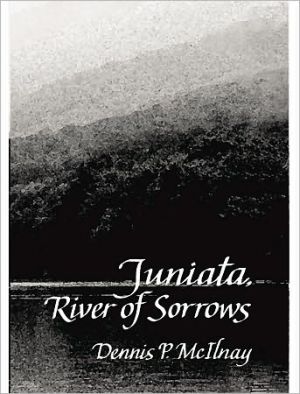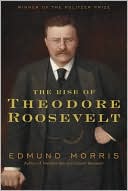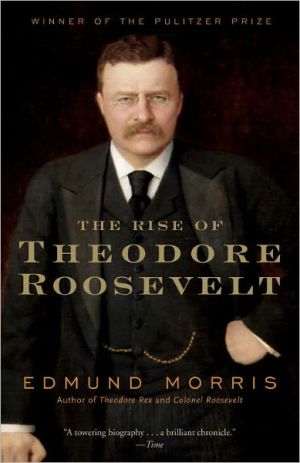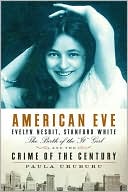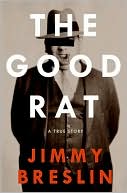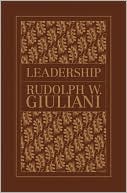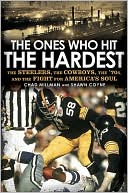Juniata, River of Sorrows: One Man's Journey into a River's Tragic Past
Search in google:
Chapter 2\ The People of the Standing Stone\ \ "Those are the most strange people of all those Countries, both in language and attire; for their language it may well beseeme their proportions, sounding from them, as it were a great voice in a vault, or cave, as an Eccho."\ -Captain John Smith (1608)\ \ He was a soldier, sailor, geographer, and cartographer, and at the age of only 28, he may have been the first white man to learn of the Juniata River. In August 1608, with 12 Englishmen and two Indian guides, the British explorer Captain John Smith sailed in an open boat of "hardly 2 toons" 200 miles up the Chesapeake Bay and into the Susquehanna River. Smith and his "discoverers," as he called his men, had left Jamestown in the present Virginia on July 24, 1608 and reached the lower Susquehanna on August 1.\ \ Like the thousands of "discoverers" since in the shallow Susquehanna, Smith and his men repeatedly ran aground, and the exasperated Captain complained in his journal of "[h]aving lost our Grapnell among the rocks of Sasquesahanocks," his name for the river (Smith, 1986, p. 105) . Forced to halt his expedition on the Susquehanna, Smith set up camp and sent his two Indian guides on foot upstream to scout for other Indians, a band of whom visited his camp four days later. His visitors were the Susquehannocks ("The Freshwater Stream-Landers," as they were called in 17th century English), and Smith's description of them is a classic:\ \ But to proceed, 60 of those Sasquesahanocks, came to the discoverers with skins, Bowes, Arrowes, Targets, Beads, Swords, and Tobacco pipes for presents. Such great and well proportioned men, are seldome seene, for they seemed likeGiants to the English, yea and to the neighbours, yet seemed of an honest and simple disposition, with much adoe restrained from adoring the discoverers as Gods....Their attire is the skinnes of Beares, and Woolves, some have Cassacks made of Beares heades and skinnes that a mans necke goes through the skinnes neck, and the eares of the beare fastned to his shoulders behind, the nose and teeth hanging downe his breast, and at the end of the nose hung a Beares Pawe, the halfe sleeves comming to the elbowes were the neckes of Beares and the armes through the mouth with pawes hanging at their noses. One had the head of a Woolfe hanging in a chaine for a Jewell, his Tobacco pipe 3 quarters of a yard long, prettily carved with a Bird, a Beare, a Deare, or some such devise at the great end, sufficient to beat out the braines of a man, with bowes, and arrowes, and clubs, sutable to their greatnesse and conditions (Smith, 1986, p. 149) .\ \ Like some of his fellow Elizabethans, Smith (1580-1631) may have been inclined to exaggerate, so his description of the Susquehannocks as "Giants" should not be taken literally. The Indians' clothing ("Beares heades and skinnes, that a mans necke goes through the skinnes neck")no doubt made them look taller than they actually were, for anthropologist Barry C. Kent has estimated that the Susquehannocks averaged only five feet four inches tall. Though the Susquehannocks may not have been tall, they generally were taller than the typical European of the time. To Smith, therefore, an Indian over six feet tall may have looked like a giant (Stranahan, 1993, p. 41; Hubert and Schwarze, 1999, p. 154; Jennings, 1968, p. 15) .\ \ To record his explorations in the New World, Captain John Smith drew what he called a "Map of Virginia" that includes not only the present Virginia, but also parts of today's Maryland, Delaware, and Pennsylvania. In the upper right corner of his map, Smith drew a picture of a Susquehannock Indian he called "the greatest of them." The calf of this Susquehannock's leg, Smith wrote in his journal, was "3 quarters of a yard about," and the rest of his limbs so large that Smith described him as the "goodliest man that ever we beheld." The Susquehannock's hair on one side of his head was long, but shaved on the other, leaving a ridge on the top of his head like a "cocks combe." His arrowheads were splinters of stone "in forme like a heart," an inch wide and an inch and a half long; his quiver a wolf's skin that he wore on his back, a bow in one hand and a club in the other (Smith, 1986, p. 150) .
Chapter 1: "The Ten Arch" Chapter 2: The People of the Standing Stone Chapter 3: "Jack's Narrows" Chapter 4: The Lenni Lenape Indians of Pennsylvania Chapter 5: Mattawana Island Chapter 6: William Penn Chapter 7: "River of Shallows" Chapter 8: The Colonists of Pennsylvania Chapter 9: "The Long Narrows" Chapter 10: The Murder of Jack Armstrong Chapter 11: Bell Island Chapter 12: The Fall of Fort Granville Chapter 13: "The Big Bend" Chapter 14: Armstrong's Raid on Kittanning Chapter 15: Green Valley Campground Chapter 16: Captain Jack: Man or Myth? Chapter 17: "Juneata Island" Bibliography Index Photograph and Illustration Credits The Author
